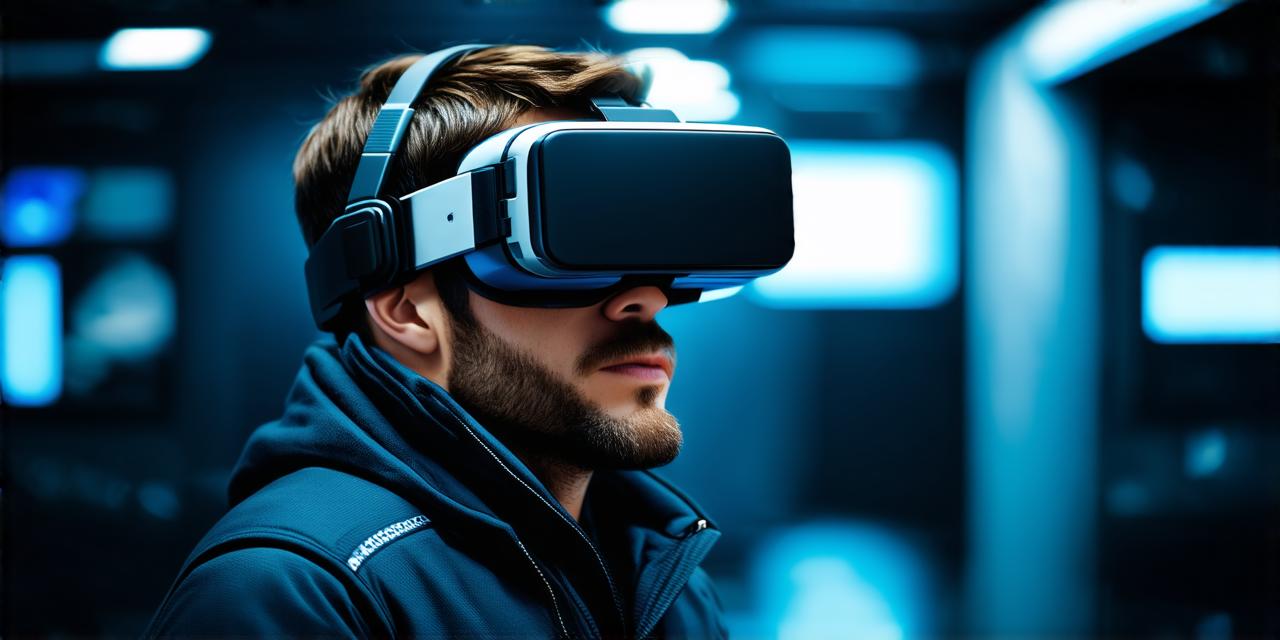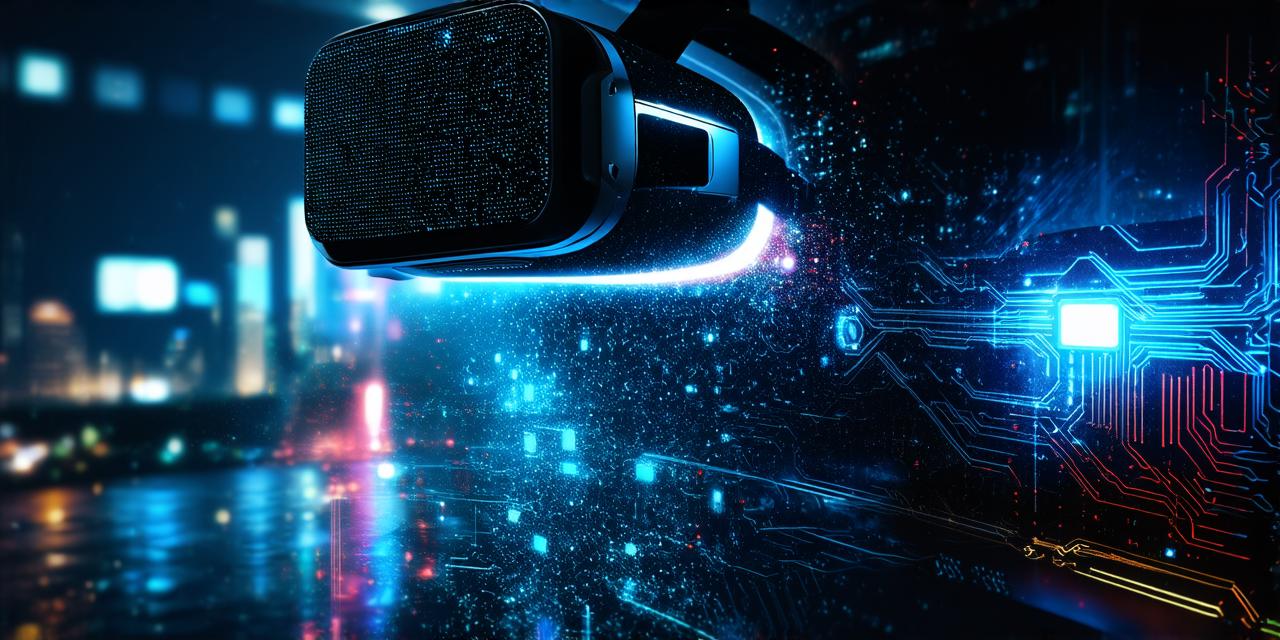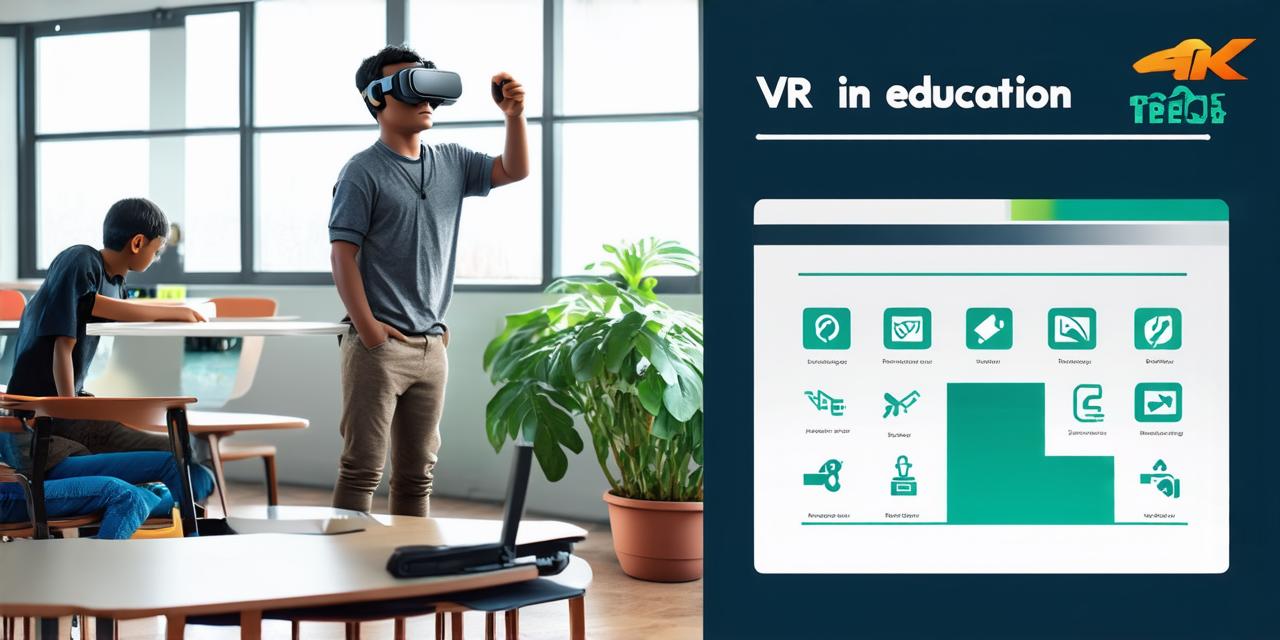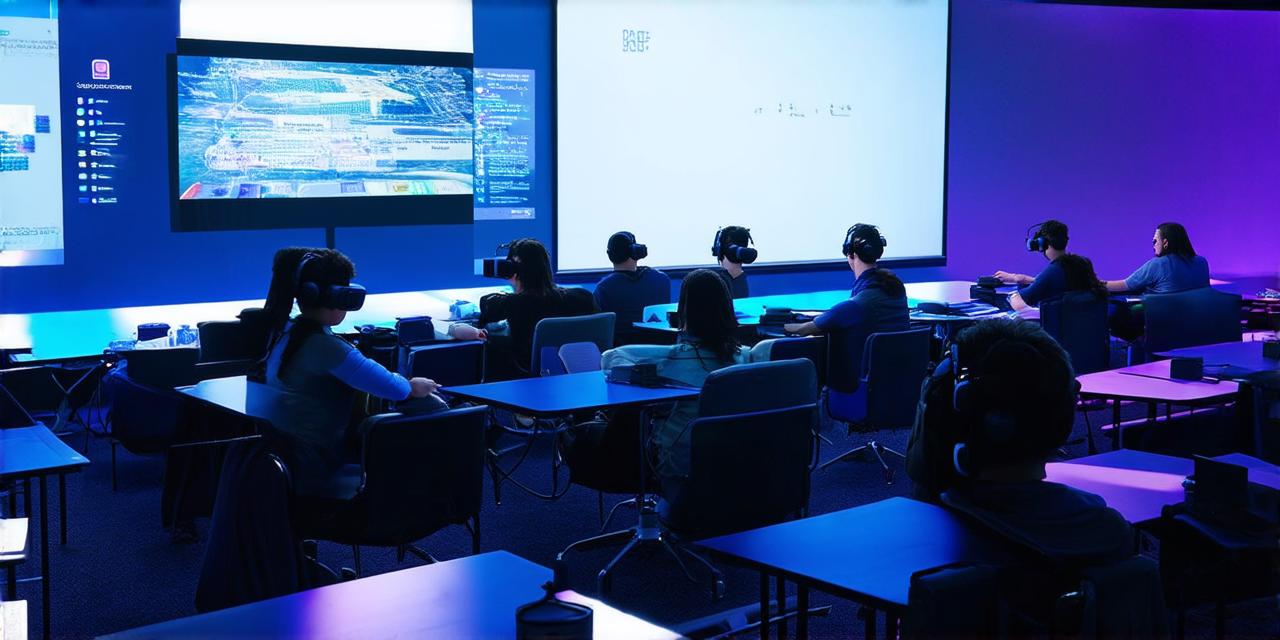Virtual reality (VR) technology has been advancing rapidly, and it’s now possible to create immersive experiences that feel almost as real as being in the real world. But for AR developers, determining the optimal level of immersion can be a challenging task. In this article, we will explore the different factors that influence immersion in VR and how to use them to create an experience that is engaging and effective for your users.
What is Immersion?
Immersion refers to the feeling of being completely absorbed in a virtual environment. It’s a measure of how well a user feels like they are actually experiencing something that’s happening around them. The higher the level of immersion, the more likely a user will feel as though they are truly living within the virtual world.
Factors Affecting Immersion
There are several factors that can influence the level of immersion in VR. Some of these factors include:
- Field of View (FOV)
- Resolution and Graphics
- Interaction and Engagement
- Sound and Haptic Feedback
1. Field of View (FOV)
Field of view is the angle of your visual field that you see in front of you. In VR, a wider field of view can help to create a more immersive experience. This is because it allows users to see more of the virtual environment and feel like they are truly in it. For example, if you’re using a headset with a 100-degree field of view, you’ll have a more immersive experience than someone who’s using a headset with a 90-degree field of view.
2. Resolution and Graphics
The resolution and graphics of your VR environment can also affect the level of immersion. High-resolution graphics and detailed environments can help to create a more realistic experience, making users feel more like they are actually in the virtual world. For example, if you’re using a high-resolution screen with 4K graphics, it will make the VR environment look more realistic, increasing the level of immersion.
3. Interaction and Engagement
Interaction and engagement are critical to creating an immersive experience in VR. Users need to feel like they can interact with the virtual world and that their actions have consequences. This means incorporating interactive elements into your design, such as buttons or controls, and making sure that users can see and touch them. For example, if you’re designing a virtual room, make sure that users can pick up objects, turn on lights, and open doors.
4. Sound and Haptic Feedback
Sound and haptic feedback can also help to create an immersive experience in VR. By incorporating realistic sound effects and providing tactile feedback, you can make the virtual world feel more like the real world. For example, if you’re designing a virtual forest, include the sounds of birds chirping, leaves rustling, and water flowing. This will help to create a more immersive experience, making users feel as though they are truly in the virtual world.
Optimizing Immersion
Now that we’ve explored the factors that affect immersion in VR, let’s take a look at how you can optimize it for your AR development projects.
- Conduct User Testing
- Use Realistic Environments
- Provide Interactive Elements
- Use Sound and Haptic Feedback
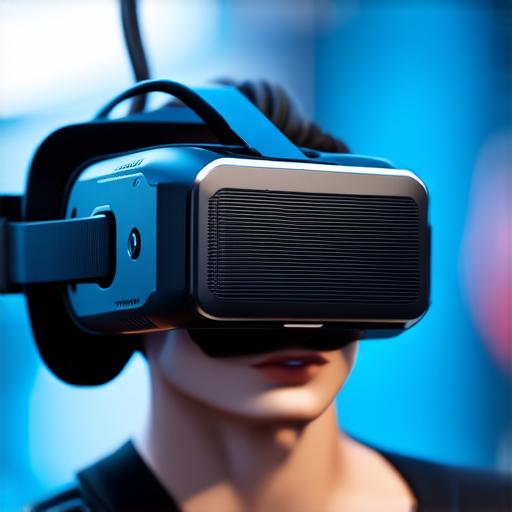
Case Study: The Virtual Reality Experience
The Virtual Reality Experience is an excellent example of how immersion can be optimized in VR. Developed by Oculus, this experience takes users on a journey through a virtual world that feels incredibly realistic.
One of the key factors that make this experience so immersive is the wide field of view. The headset used in this experience has a 100-degree field of view, which creates a feeling of being fully immersed in the virtual world.
Another factor that makes this experience so immersive is the use of realistic graphics and sound effects. The environment is rendered in high resolution with detailed textures and accurate lighting, creating a sense of realism that’s hard to match.
Interaction and engagement are also key to this experience. Users can interact with different elements of the virtual world, such as doors, objects, and buttons. These interactions create a sense of presence and increase the level of immersion.
Finally, haptic feedback is used to provide tactile feedback that adds to the overall sense of realism. For example, when users touch an object in the virtual world, they feel a sense of weight and texture that’s hard to match in the real world.
Conclusion
Determining the optimal level of immersion in VR is critical for AR developers looking to create engaging and effective experiences for their users. By considering factors such as field of view, resolution and graphics, interaction and engagement, and sound and haptic feedback, you can create an immersive experience that feels almost as real as being in the real world.
User testing is also essential for optimizing immersion in VR. By gathering feedback from your target audience, you can refine your design and create a more immersive experience for your users.
Finally, case studies like The Virtual Reality Experience demonstrate how immersion can be optimized in practice. By incorporating elements such as wide field of view, realistic graphics and sound effects, interaction and engagement, and haptic feedback, you can create an immersive experience that’s hard to match in the real world.
